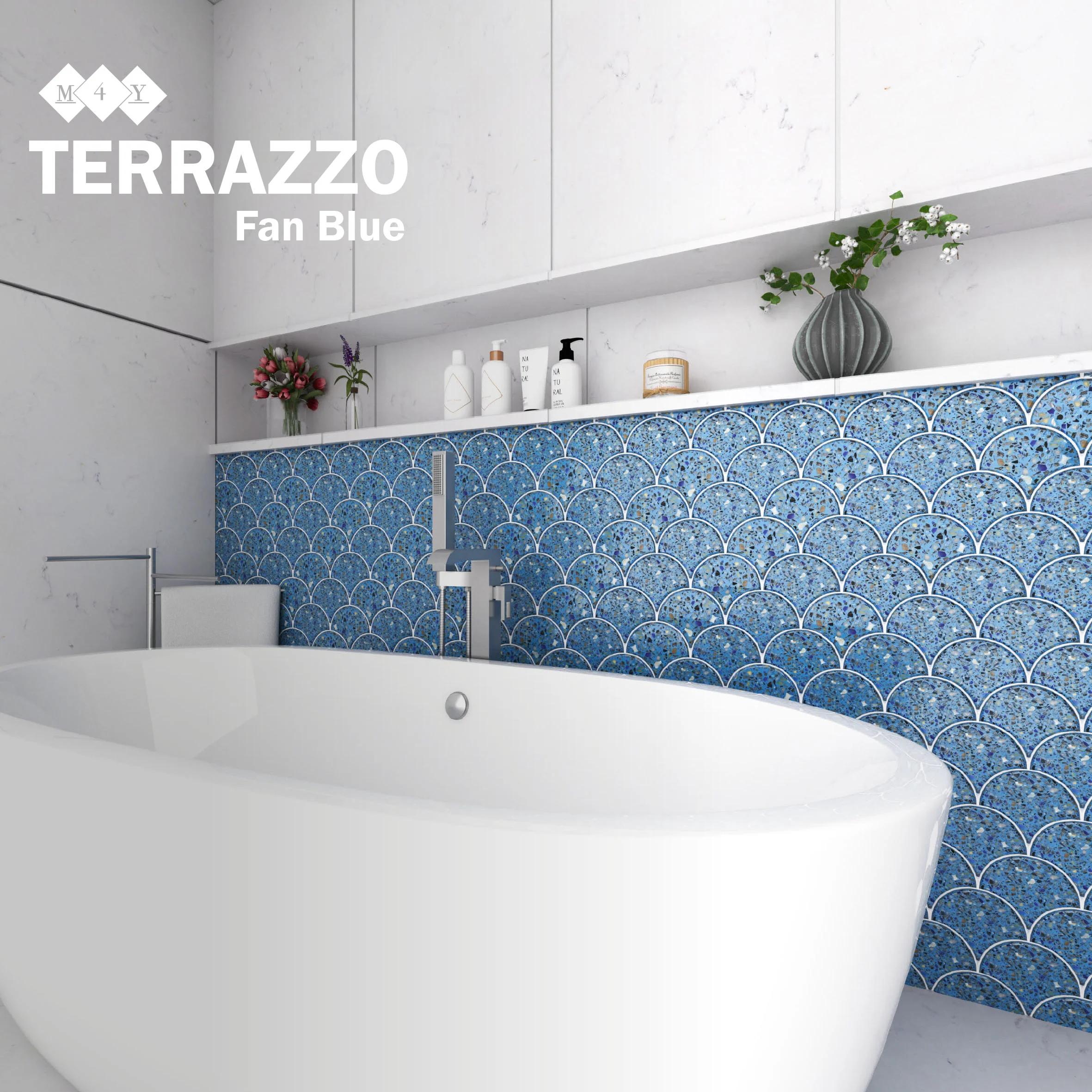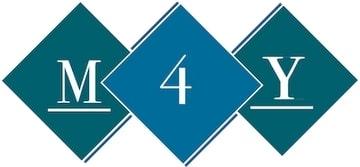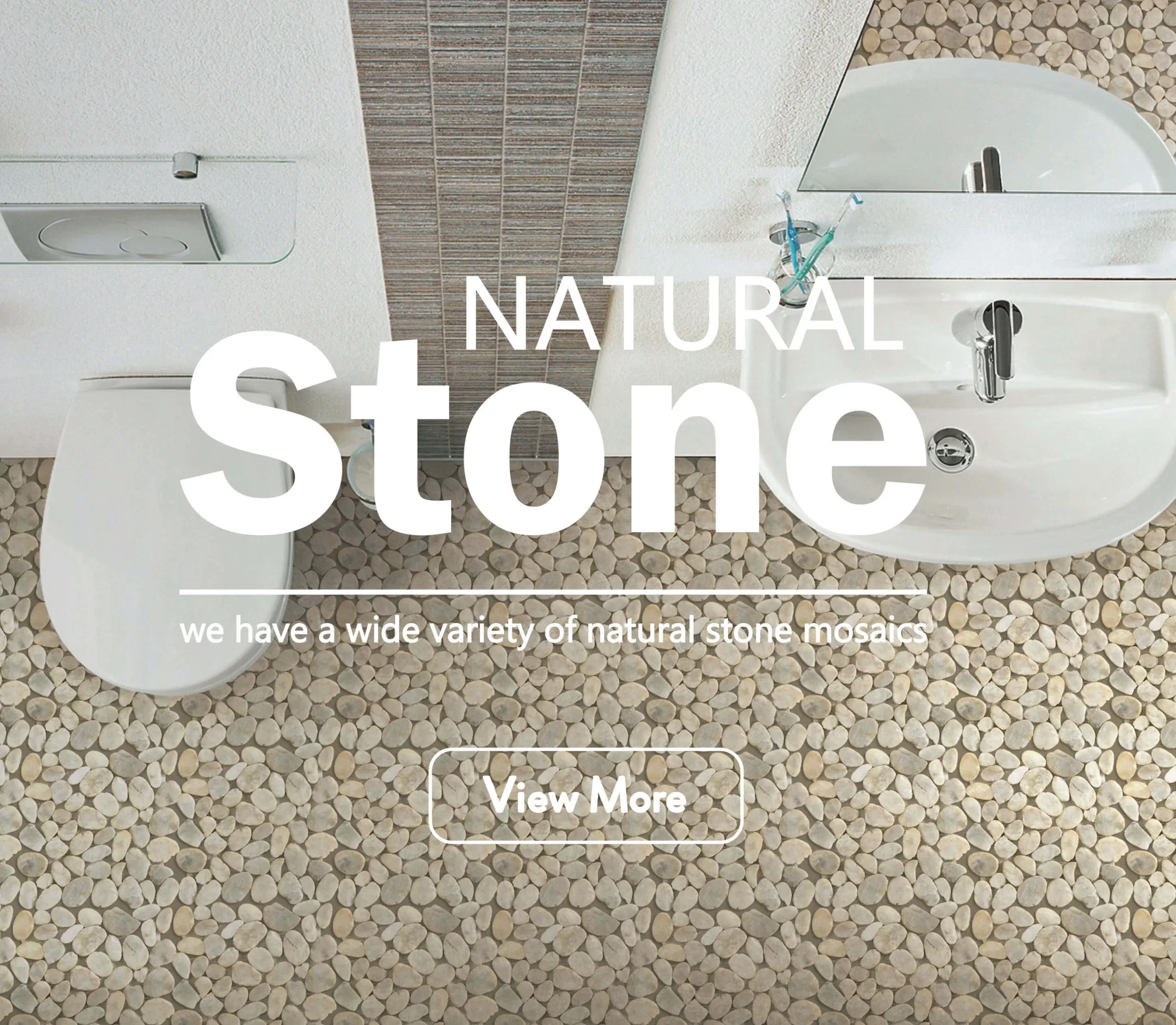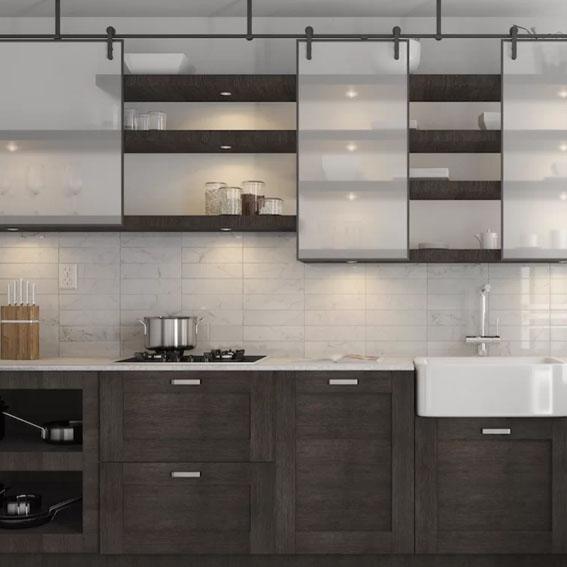
Which Backsplash is Easy to Clean
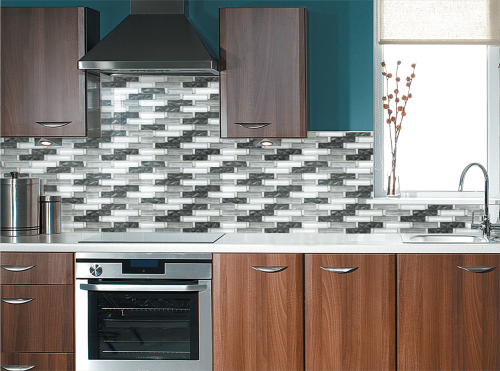
When it comes to backsplashes, cleanliness and ease of maintenance are top priorities. In this article, we delve into the various materials used in mosaics and their cleaning capabilities. While all mosaic materials offer relative ease of cleaning, glass emerges as one of the most straightforward options. We’ll emphasize the importance of regular maintenance and hygiene to keep your backsplash looking pristine. By exploring relevant data from reputable sources, we’ll provide valuable insights into the best practices for maintaining a clean and hygienic backsplash.
Glass: A Top Choice for Easy Cleaning:
Glass backsplashes are known for their smooth surfaces, which make them highly resistant to stains and grime buildup. With a quick wipe-down using a non-abrasive cleaner, glass backsplashes regain their shine effortlessly.
Regular Maintenance for Lasting Cleanliness:
Regardless of the material chosen, regular maintenance is vital to uphold a clean backsplash. Wiping down the surface regularly, addressing spills promptly, and using appropriate cleaning agents tailored to the specific material will ensure long-lasting cleanliness.
Hygiene Considerations:
Backsplashes are exposed to moisture, heat, and food particles, making hygiene crucial. Regular cleaning helps prevent the growth of bacteria and mold. It’s recommended to follow reputable guidelines on cleaning backsplashes, as provided by experts in the field.
While all mosaic materials offer ease of cleaning, glass backsplashes stand out as an ideal choice for their low-maintenance properties. By prioritizing regular maintenance and adhering to proper cleaning practices, you can ensure a clean and hygienic backsplash in your kitchen or bathroom. Consult reliable sources for specific cleaning guidelines tailored to the material of your choice, allowing you to enjoy a spotless and visually appealing backsplash for years to come.
Categories
On Trend
New Post

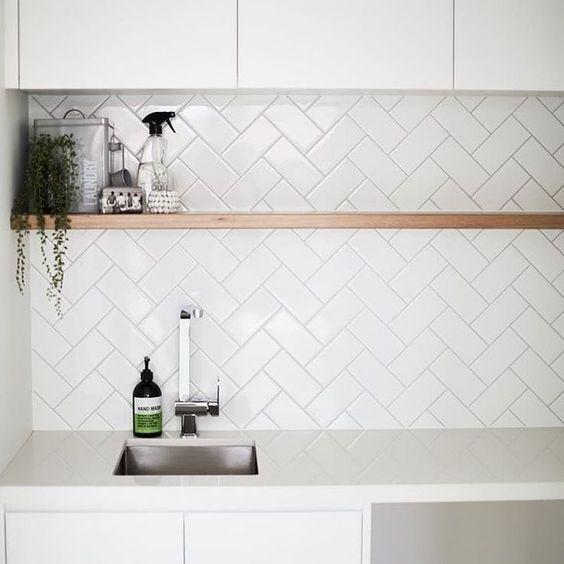
White Tiles for Kitchen and Backsplash: A Timeless Choice
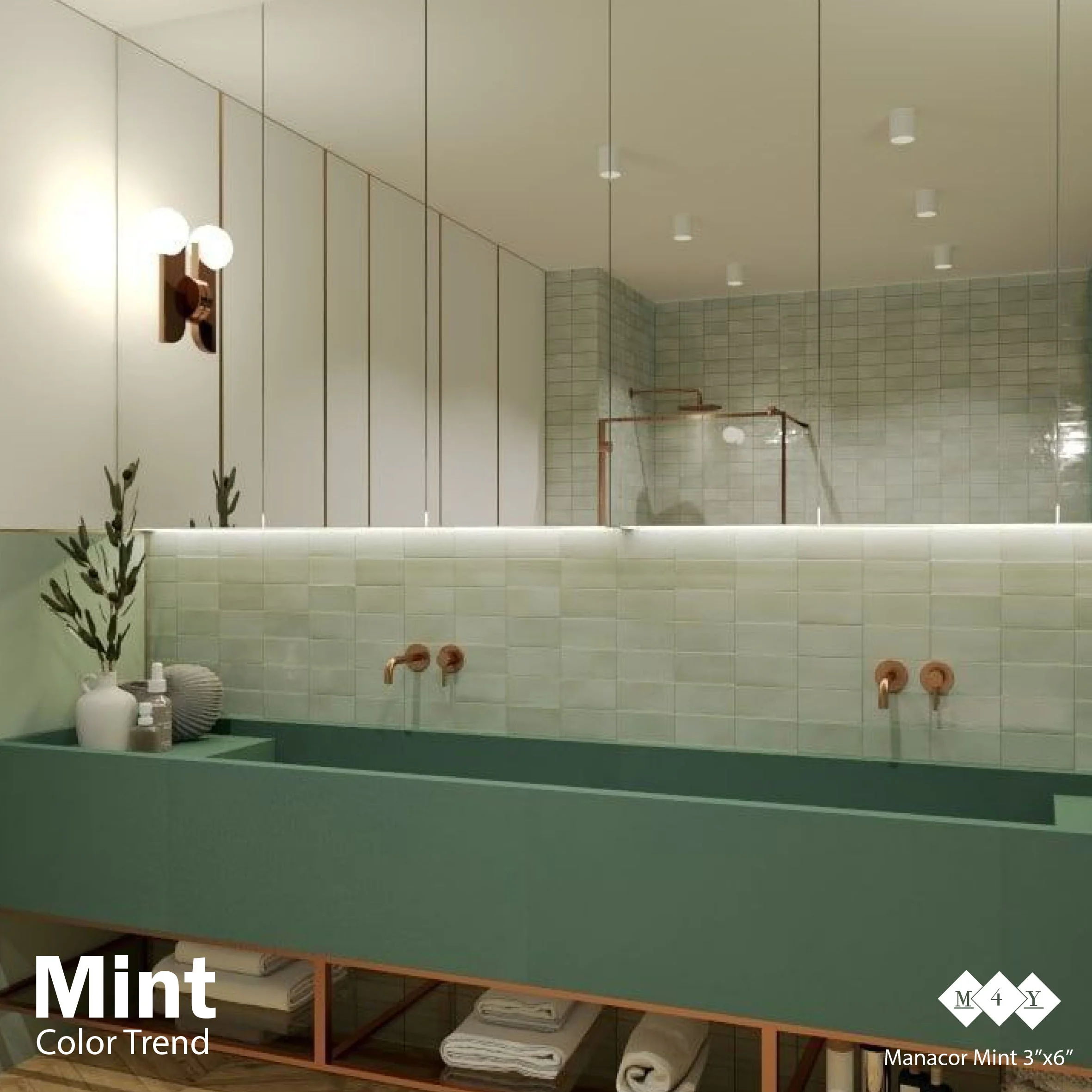
Equipe Ceramics, Where to Buy ?
